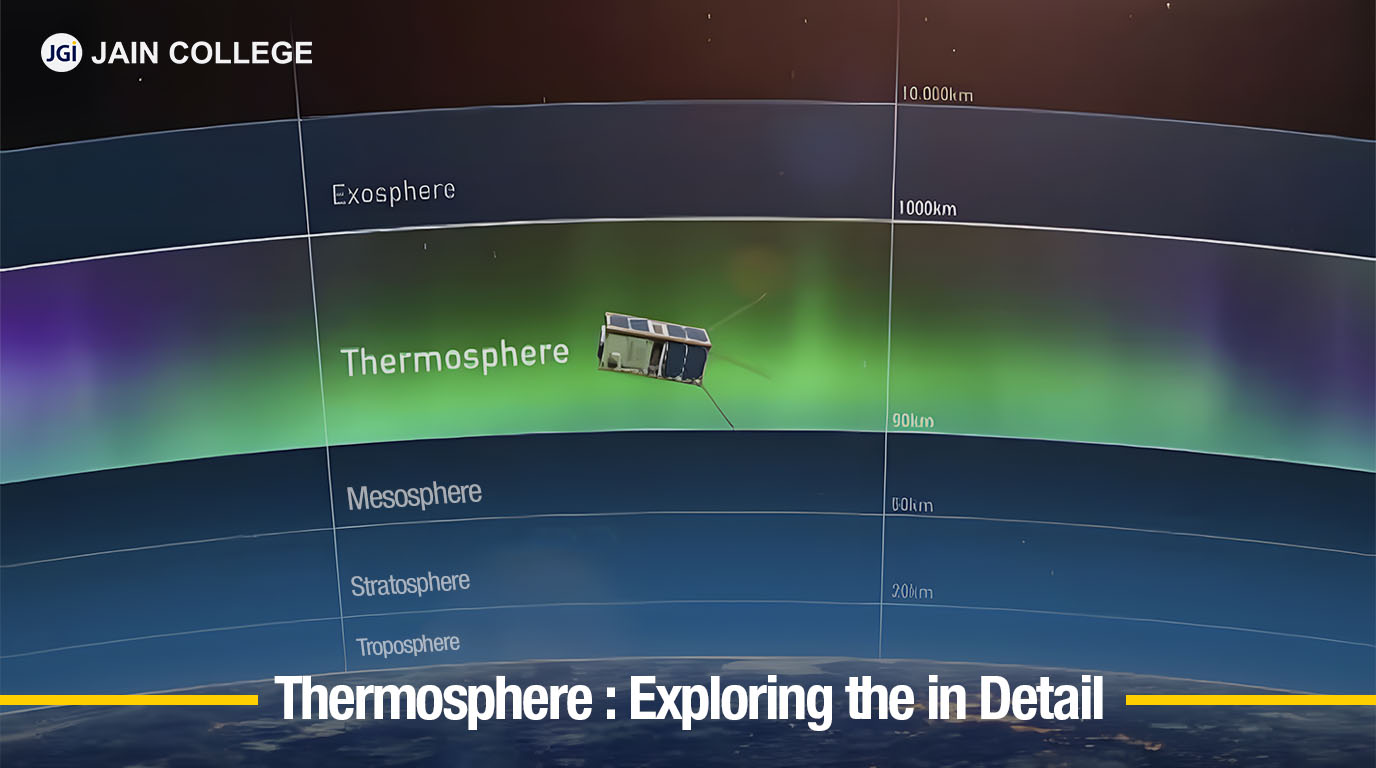
Have you ever looked up at the night sky and wondered what lies beyond the clouds? The thermosphere, an enigmatic and extreme layer of Earth's atmosphere, holds many secrets. As one of the least understood yet critically important atmospheric layers, the thermosphere influences satellite operations, enables global communication, and contributes to mesmerizing natural phenomena. Let us embark on an in-depth exploration of the thermosphere’s composition, characteristics, and significance.
The thermosphere is a high-altitude atmospheric layer extending from approximately 80 km (50 miles) to about 700 km (435 miles) above Earth's surface. Positioned between the mesosphere and the exosphere, it is known for its extreme temperatures, ionized gases, and sparse molecular composition. Despite its high temperatures, it would not feel hot to a human because the air density is too low to effectively transfer heat.
Thermosphere Meaning:
The term "thermosphere" is derived from the Greek word "thermos," meaning heat. This name perfectly describes the layer’s intensely high temperatures, driven by the absorption of high-energy solar radiation.
| Layer | Altitude Range (km) | Temperature Range (°C) | Key Features | Visual Analogy |
| Troposphere | 0 - 12 | -60 to 15 | Where we live; weather occurs here | The bustling city streets |
| Stratosphere | 12 - 50 | -60 to 0 | Home to the ozone layer, protecting us from UV radiation | A serene, high-altitude flight |
| Mesosphere | 50 - 80 | -90 to -50 | The coldest layer; meteors burn up here, creating shooting stars | A frigid, dark mountain peak |
| Thermosphere | 80 - 700 | Up to 2,500 | Incredibly hot but sparse; hosts the ISS and auroras | A vast, electrified desert under intense sunlight |
| Exosphere | 700+ | Varies | Transition to outer space; the final frontier before the vacuum of space | The silent, star-studded expanse of deep space |
The thermosphere is a remarkable component of Earth's atmosphere, playing a crucial role in space exploration, communication, and radiation shielding. It houses satellites, enables radio wave transmission, and gives rise to breathtaking auroras. Understanding this high-altitude region helps scientists enhance global communication networks and predict space weather phenomena. As technology advances, further exploration of the thermosphere will unlock new insights into our planet's atmospheric dynamics.
The thermosphere is a layer of Earth’s atmosphere that absorbs intense heat and radiation from the Sun. It, along with the exosphere, forms the ionosphere, which plays a crucial role in radio wave transmission. This layer extends approximately 80 to 600 km above the Earth's surface and can overlap with the upper part of the mesosphere.
The thermosphere is the hottest layer of Earth’s atmosphere because it absorbs a significant amount of solar radiation. This intense absorption causes temperatures to rise dramatically in this region.
Temperatures in the thermosphere can reach up to 2,500°C (4,532°F) or even higher during periods of intense solar activity.
Since the air density is extremely low, there are too few molecules to transfer significant heat to objects, meaning it would not feel hot to a human or spacecraft.
The thermosphere is named for its increasing temperature with altitude. While it does not have an official second name, some suggest "aurorasphere" as a possible alternative because this layer is where the Aurora Borealis (polar lights) occurs.
The ionized particles in the thermosphere reflect radio waves, allowing them to travel long distances and enabling global communication.
The thermosphere is home to auroras, satellite orbits, and the ionosphere, which supports radio wave reflection.
By understanding the thermosphere, we gain insight into the dynamic nature of Earth's atmosphere and its crucial role in protecting and sustaining life.
Want to learn more about Earth's atmosphere? Keep following for more fascinating facts about space and science!

JAIN PU College, a part of the renowned JGI Group, is committed to empowering students with quality education.
Beyond academics, the college ensures its online content reflects the same standard of excellence. Every blog and article is meticulously vetted and proofread by subject matter experts to ensure accuracy, relevance, and clarity. From insightful educational topics to engaging discussions, JAIN PU College's content is crafted to inform, inspire, and add value to its readers, reflecting the institution's commitment to intellectual growth and innovation.
View all Blogs